Copper is one of the fastest-growing areas of metal 3D printing, sought after for everything from electric motors to heatsinks.
Previously, it was a challenge to 3D print with copper because of the metal’s reflectivity and high heat conductivity. Advances in printers and materials have largely met those early challenges. Today, 3D printed copper propulsion systems send rockets into space, 3D printed copper heatsinks keep CPUs cool, and 3D printed copper coils boost electric motor performance.
Copper plays a huge role in global sustainability objectives as a key part of electric motors, charging infrastructure, solar power, and batteries. In fact, a 2022 study by S&P Global projects worldwide copper demand to nearly double over the next decade while concerns escalate over where that amount of the mineral will come from.
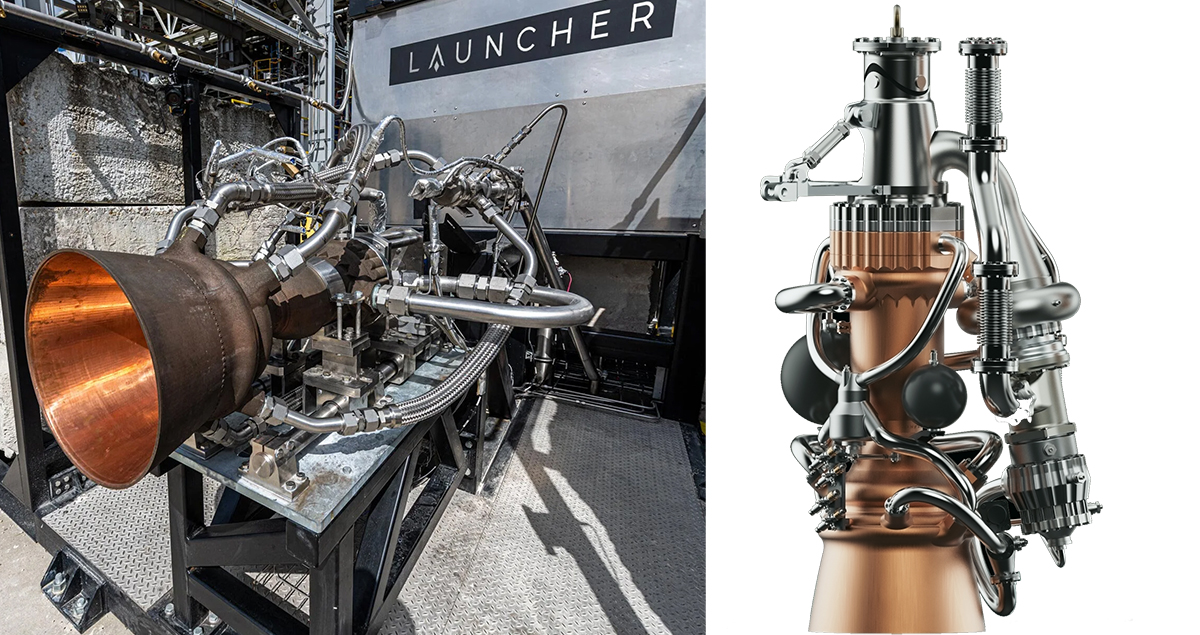
Why 3D Print Copper?
Copper has always been a highly useful metal due to its ability to conduct heat and electricity, resist corrosion, and even kill bacteria and viruses. Demand for complex copper parts is growing as 3D printing opens up even more applications and possibilities for this metal.
3D printing (also known as additive manufacturing) enables the production of exceptionally complex shapes, fine detail, internal structures, and lattice infills not possible with any other type of metal manufacturing. These features reduce weight, increase efficiency, and reduce manufacturing and assembly time. 3D printing requires less raw material — and wastes less — than other manufacturing methods, plus multi-part assemblies can be 3D printed as a single unit, which also reduces the amount of raw material while boosting efficiency. For companies interested in 3D copper printing, reducing raw material costs is critical.
If you already manufacture custom copper parts, you may be able to dramatically lower production costs while optimizing part performance with 3D printing. There’s also the major benefit of producing prototype copper parts for testing without the time and expense of mold making and tooling required for other metal manufacturing methods.
Key Applications for 3D Printed Copper
- Heat sinks
- Heat exchangers
- Induction coils
- Electronics
- Bus bars, hair pin stators, single coils
- Antennas
- RF shielding
- Radio frequency quadrupoles / wave guides
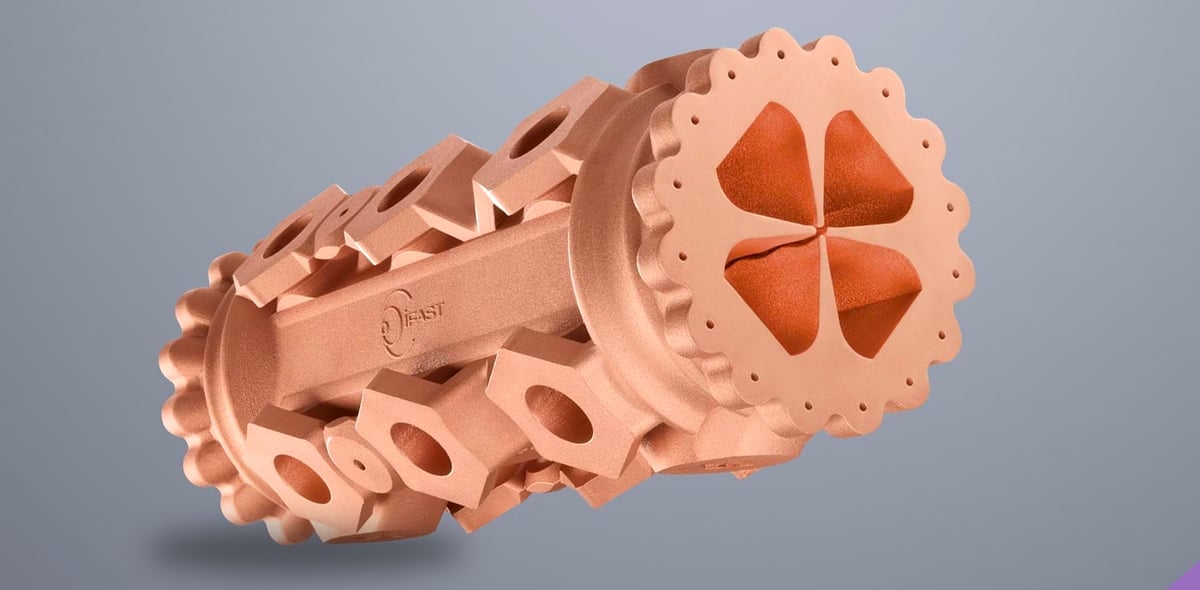
What’s New in 3D Printed Copper
Two applications for 3D printed copper have dominated the news in the past year: rockets and medical tools.
Space company Ursa Major delivered its first copper-based 3D printed rocket combustion chamber last July. The company said it only took one month to produce the part, compared to the usual six months with traditional manufacturing processes. Ursa Major joins a growing list of space companies turning to 3D printed copper since NASA first printed a copper combustion chamber liner in 2015.
In Feb. 2023, the British Columbia Institute of Technology in Canada joined mining company Teck Resources Limited to open the Teck Copper Innovation Hub. The facility will house researchers investigating and developing novel uses of microbial copper in healthcare devices, such as prosthetics and orthotics.
Late last year, 3D printer maker Trumpf announced that its machine, the TruPrint 5000 green edition, was used to additively manufacture a critical copper component (above) of a particle accelerator, boosting expectations that these research tools will become cheaper to build.
Read on to learn more about the technology and 3D printers that enable engineers, manufacturers, and designers to reimagine what’s possible with copper.
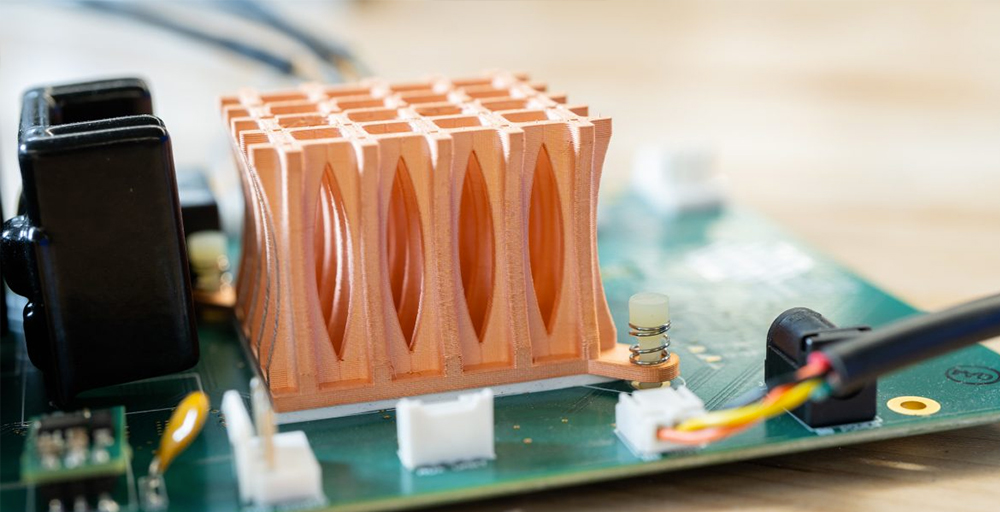
3D Printers That Print With Copper
Not every metal 3D printer can print with copper, but there is still quite a variety in printing technology and price.
Today, affordable desktop FDM printers using copper-filled plastic filament can produce copper jewelry, decorative items, and other parts that are nearly 100% copper. For more advanced manufacturing, 3D printers that use copper powder, rods, or copper and polymer slurry produce industrial parts with excellent mechanical and conductive properties that can meet international standards, such as IACS (International Annealed Copper Standard).
Let’s look at the types of printers today that can handle copper.
Copper Powder Bed Fusion 3D Printers
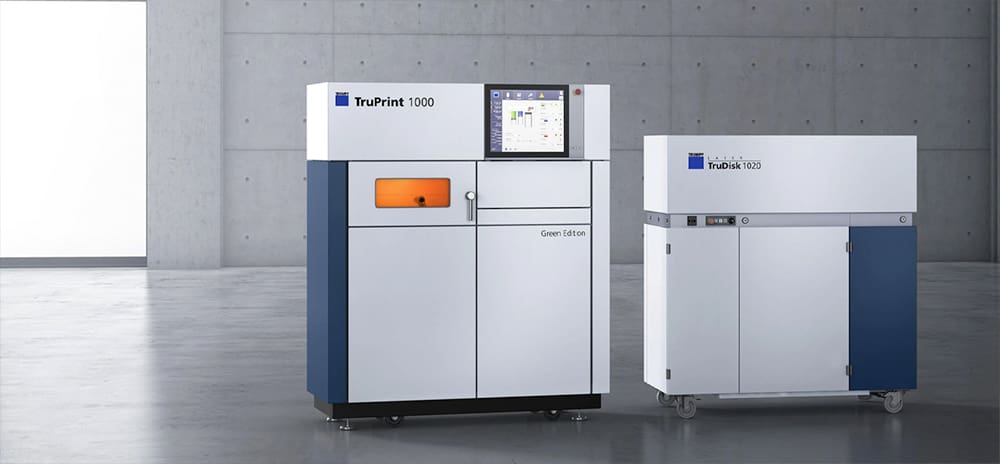
Powder bed fusion is the most popular metal 3D printing method, and several machine manufacturers have recently introduced copper to their list of material options. Because copper is highly reflective, processing the powder with lasers presented a hurdle to manufacturers. However, this technology and the materials have evolved to meet the challenge.
3D printer maker Trumpf, for example, developed an industrial green laser that makes it possible to 3D print materials, such as copper, copper alloys, and precious metals, that are difficult to process with infrared wavelengths. Blue laser technologies are also showing promise for copper processing.
Two metal 3D printing powder bed technologies, laser powder bed fusion (LPBF) and EBM (electron beam melting), work by spreading a thin layer of copper powder on top of a platform inside the printer. The powder is heated while lasers or electron beams trace the first layer of the part. As the particles in the layer are fused, the platform lowers slightly into the build chamber with fresh powder deposited on top, and the process repeats. Some of the copper powder left over from the process can be recycled for use in the next print.
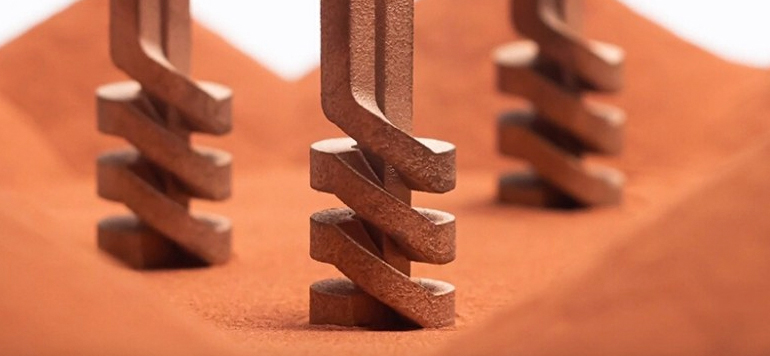
Copper-Enabled Powder Bed Fusion 3D Printers
Copper Binder Jet 3D Printers
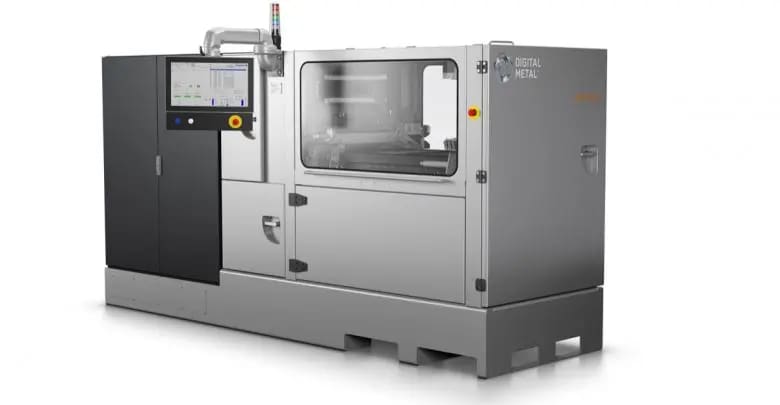
Copper powder bound with a liquid binding agent, then sintered in a furnace, is a 3D printing method known as binder jetting, and it can produce parts without the need for support material, which saves material and labor. Binder jetting is a heat-free process in which a binding layer is sprayed between each layer of metal; the binder is later removed in the sintering process.
Binder jetting is a popular method for the additive manufacture of large volumes of metal parts since it’s generally faster than laser-based methods but it requires the sintering step.
Copper-Enabled Binder Jet 3D Printers
Copper FDM and Bound Metal Deposition 3D Printers
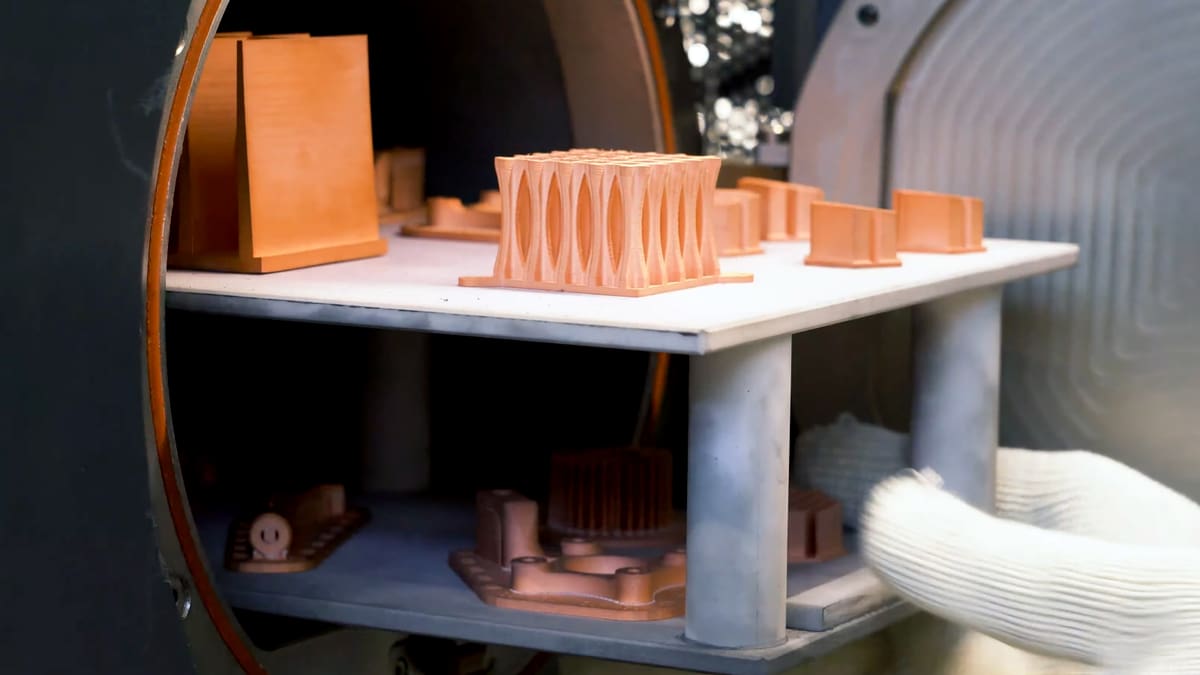
The most economical approach to 3D print copper parts is with machines that extrude filament. Metal filament for printing metal parts consists of a plastic base with metal particles evenly infused within it. Copper-infused filament for copper parts is a unique type of composite filament that can yield strong, chemical-resistant, and nearly solid metal parts when used properly.
Nearly any fused deposition modeling (FDM) printer with a heated bed and a hardened steel nozzle that can reach the 225 ºC can print nearly solid metal parts with a copper powder-filled polymer filament. The parts, however, aren’t metal right off the print bed and require extra steps after printing to melt away the polymer binder and leave just the metal behind.
Currently, the only option on the market is from filament maker The Virtual Foundry.
Other types of copper filament have just enough real copper particles inside to be polished and have a metal-like weight, but these are intended for decorative purposes.
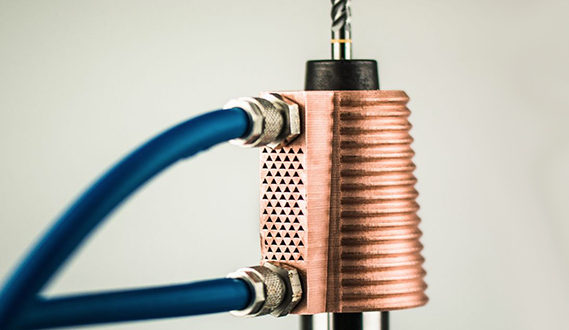
One company from Chile called Copper3D produces a copper filled filament that doesn’t produce metal parts, but instead, ones that feature the antibacterial and antimicrobial properties of copper. According to the company, NASA is even testing the filament for use in “interplanetary microbial contamination.”
Copper Bound Metal Deposition
Aside from mainstream FDM printers, two others that extrude material also offer copper, but these use their own proprietary materials. Desktop Metal uses a bound metal filament, while Markforged uses a metal powder that is bound in a plastic matrix. Printers from these manufacturers produce solid metal parts intended for industrial uses, such as machine tools, induction coils, heatsinks, and functional prototypes. Like the FDM method above, these parts also require post-print removal of the polymer and sintering in a furnace.
Copper-Enabled FDM 3D Printers
Copper Cold Spray and DED 3D Printers
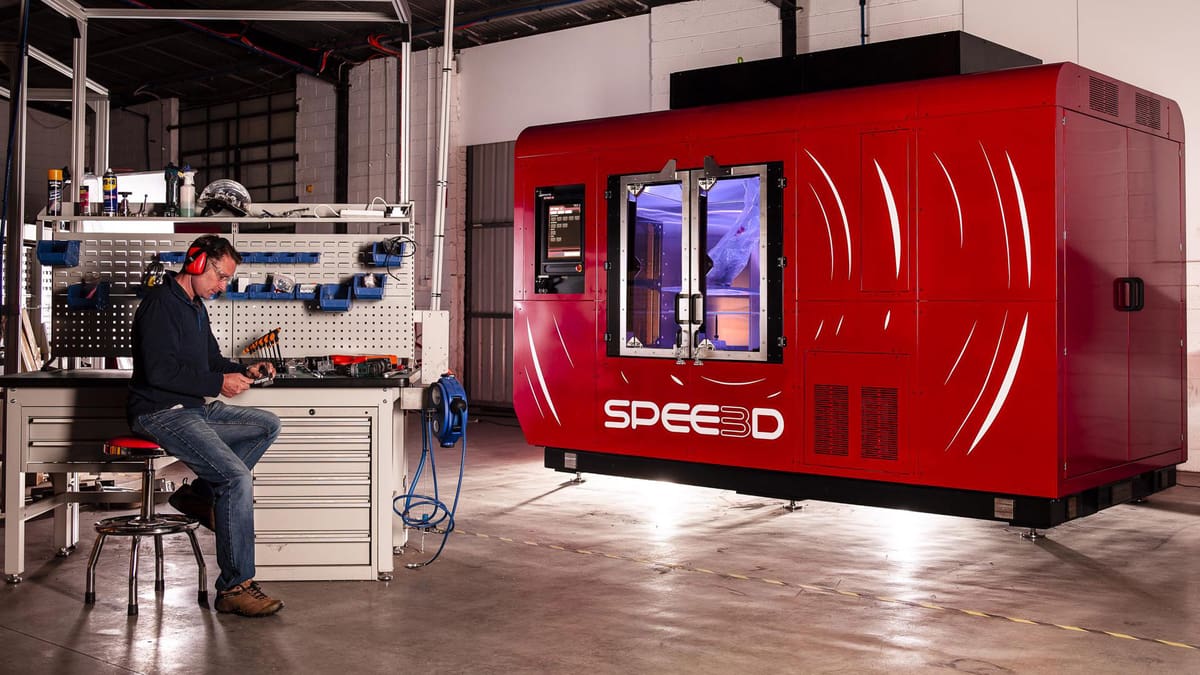
Although these two metal 3D printing methods do not typically group together, we’re combining them here because of their common application to coat metal parts with another metal and build up metal parts with metal powder layer by layer.
Directed energy deposition (DED) is a system developed by New Mexico-based Optomec for creating, enhancing, and repairing metal components. Similar to metal laser powder bed fusion, in DED high-powered lasers build 3D structures layer by layer, producing parts with high density and strength ideal for mechanical applications. In 2019, Optomec developed a new DED process for copper to produce heat exchangers for use in aerospace, chemical processing, and other industrial applications.
Spee3D’s WarpSpee3D is unique in its process, using supersonic 3D deposition to produce parts from a range of metal powder feedstocks, including copper and aluminum.
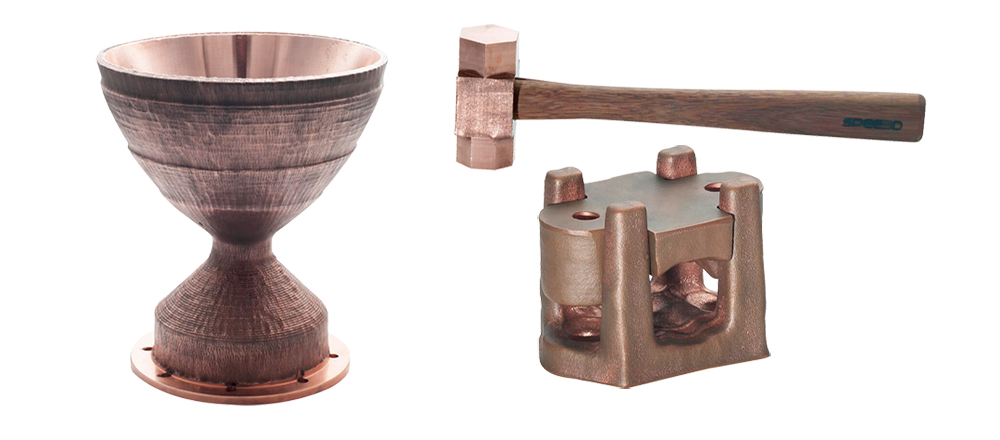
Cold spray is an additive manufacturing technology that injects metal powder into a supersonic stream of pressurized gas. Rather than melting the metal, cold spray bonds the metal in a process called plastic deformation. Companies like Spee3D use cold spray technology to apply an antimicrobial copper coating to doors, handrails, and touch plates, intended for use in hospitals, schools, and other public places.
Cold spray is also the fastest metal 3D printing method. Spee3D printed a 17.9 kg aerospace rocket nozzle liner (pictured below) in pure copper on the WarpSpee3D in about three hours at a cost of just $716, the company says. Parts like these are typically machined out of solid wrought copper in a process that takes weeks and costs tens of thousands of dollars.
One disadvantage of DED and cold spray is that they are limited in the production of complex geometries.
Copper-Enabled Cold Spray and DED 3D Printers
Photopolymerization
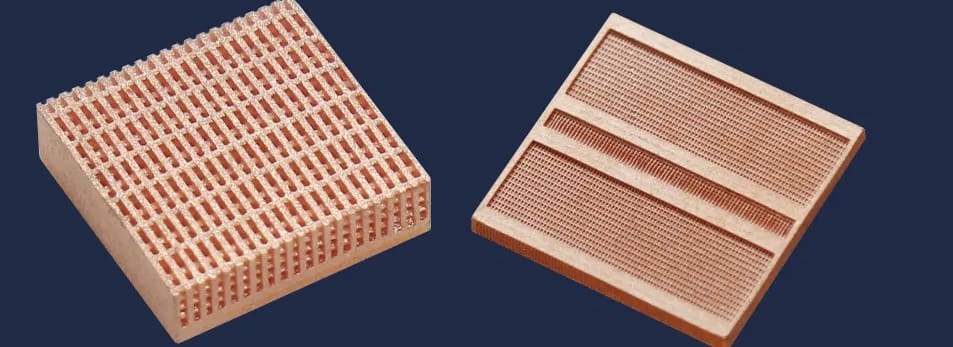
3D printed with liquid resin is associated with fine detail and not usually thought of as a metal 3D printing process, but it is.
Metal resin 3D printing is similar to polymer resin 3D printing in that it uses UV light projected onto a vat of photosensitive liquid to solidify it layer by layer. Instead of a 100% polymer resin, metal resin 3D printers use a liquid polymer slurry with metal powder suspended in it and a small amount of binder. Once the parts are printed, they have more steps to go through before final metal parts.
California-based start-up Holo recently completed a facility where it plans to 3D print pure copper parts on its proprietary 3D printers, which are not for sale. Holo will focus on providing 3D printed copper cooling solutions for high-performance computers, electric vehicles, RF antennae, and heat exchangers.
Austria-based Incus offers copper on its lithography-based metal additive manufacturing printer called the Incus Hammer Lab35.

Copper-Enabled Photopolymerization 3D Printers
Order Copper 3D Printed Parts
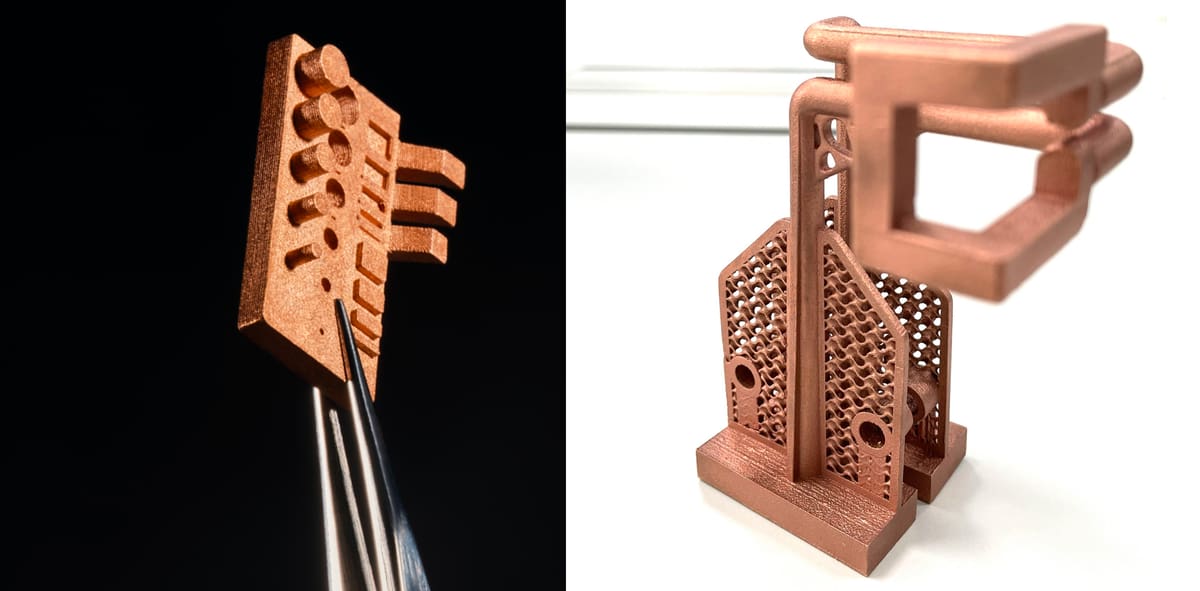
For some, buying a 3D metal printer for a copper part will be a larger investment than the job requires. In those situations, you can order 3D printed copper parts from Craftcoud, the 3D printing service marketplace. There, you can upload your part file and instantly compare metal 3D printing prices from a range of manufacturers. By comparing printing services based on cost and turnaround time, the Craftcloud platform saves you time and money.
If you’re looking for a specific copper process or material, check out our guide to the world’s top metal 3D printing service bureaus at the like below.
Source Copper Material for 3D Printing
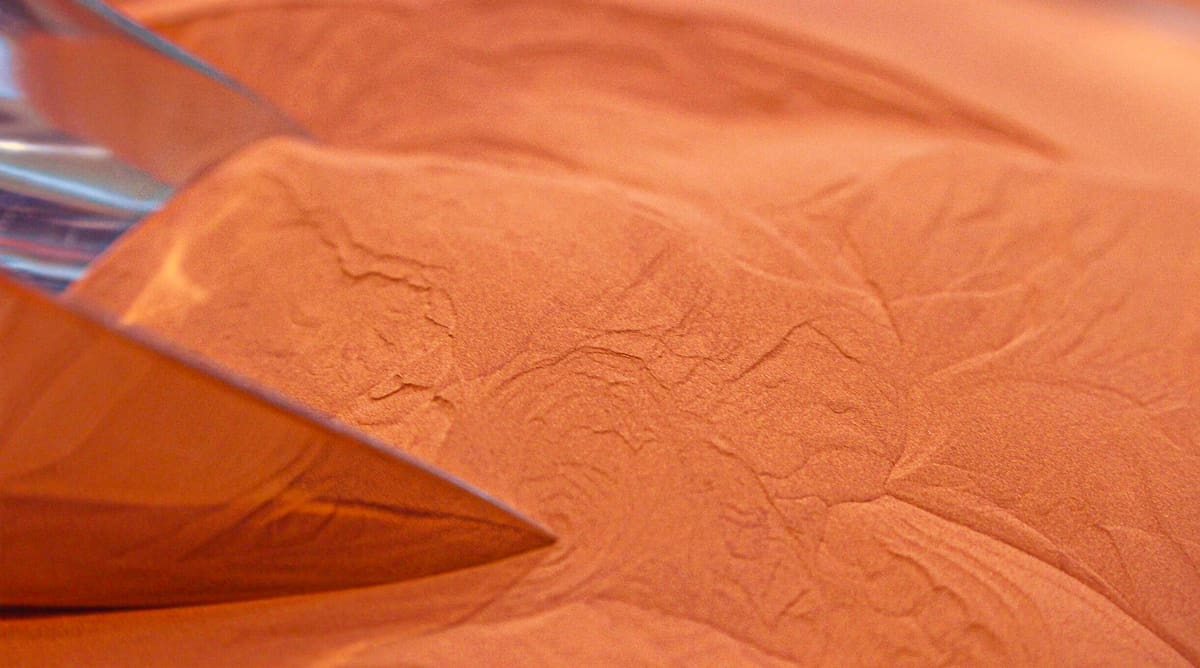
Raw copper or copper alloy material will be a large part of your 3D printing cost, so it’s good to know what your options are. In some cases, your 3D printer is only approved for processing proprietary metal powder that you’ll get from your printer supplier. This may not mean that other powders won’t work, but that they haven’t been tested to be successful on the machine you’re using and you’d be taking an expensive and potentially time-consuming risk experimenting to get the print setting just right.
If your printer is a full-on open system, you have your choice of metal materials, which still requires some trial and error, but keep in mind that copper powder for additive manufacturing is specifically processed to form rounder particles than powder used in other metal manufacturing. Other factors, such as low interstitial content and the right flowability, are also important.
Because of the difficulty of tuning your printer to a specific metal powder, it’s more common for users to stick with “approved” powders from your manufacturer to avoid the upfront work.
Typically, the same copper powders used in laser powder bed fusion machines can apply to other powder-based 3D printing processes, such as DED, binder jetting, and cold spray.
All of the copper powder vendors listed below have products developed specifically for 3D printing.
Main photo source:
Copper parts in lead image: (top row) electric motor coil from Additive Drives, combustion chamber from EOS, component for a new generation of compact particle accelerators from Fraunhofer, coil from ExOne, (bottom row) heatsink made by Stratasys Direct Manufacturing, coil by Trumpf, weld shank by Markforged, heat exchanger by EOS.
License: The text of "The Complete Guide to Copper 3D Printing" by All3DP Pro is licensed under a Creative Commons Attribution 4.0 International License.



